WePC is reader-supported. When you buy through links on our site, we may earn an affiliate commission. Prices subject to change. Learn more
Last Updated:
Choosing between a hard drive and a solid-state drive was once a pretty tricky decision. Mainly because SSDs were hugely expensive and didn’t offer that much storage capacity. However, thanks to advancements in technology and a drop in the market price, we can now pick up an SSD for as little as $30. Not bad, right?
But what does $30 actually get you? Is it not just worth paying a little extra for the much bigger HDD?
We get asked questions like this all the time, so we thought it was only natural to create an HDD Vs. SSD page to explain the obvious and intricate differences between the two storage solutions.
What’s an HDD?
HDD is short for “hard disk drive,” or hard drive. Hard drives are composed of layers of spinning disks, packed securely in a metal casing and can be written to/read from at very high speeds. This entire process is a sensitive one, and because of this, it’s vital to keep drives in a safe, cool place where they won’t be subject to static shocks, strong magnetic forces, spills, or drops that might destabilize their internal workings.
Even slight damage to a hard drive can render it non-functional. That being said, sometimes drives can persist through errors and lost data, but it’s always good to be on the safe side.
For many decades, the hard drive has been the primary form of storage for desktop and laptop computers. Even today, hard drives still offer the highest GB/$ performance, making the entire HDD or SSD decision that much harder. Well, for some anyway.
Our dedicated team of PC enthusiasts have tested a tonne of HDD’s and SSD’s over the years. In the HDD category, the Seagate Barracuda (3TB) is our personal favorite.
What’s an SSD?
SSD is short for “solid-state drive.” Solid-state drives are known as “solid-state” because they have no moving parts. While you should obviously avoid dropping them if at all possible, this lack of moving parts makes SSDs much less vulnerable to physical damage. A strong magnet can wipe a hard drive, but won’t have any effect on an SSD unless it manages to conduct an electric current, which is just as dangerous for SSDs as they are for HDDs.
SSDs are normally quite small in comparison to HDDs, with a simple rectangular outside casing and a set of memory chips on the inside.
Over the past decade or so, SSDs have begun pushing into modern consumer electronics with alarming speed. This is because they’re capable of, well, alarming speeds. Speeds that offer much faster file transfer and boot times than even the best hard drive.
However, their storage capacity isn’t as great as an HDD’s: we’ll dive into that more below.
For this category, we personally recommend the Samsung 860 Pro 1TB as the best all-round SSD.
What about M.2?
An M.2 SSD is a type of solid-state drive, more specifically, a form factor. It’s a size and shape that all M.2 branded hardware components must live by. Don’t think all M.2 are the same, though, because that is most certainly not the case.
M.2 SSD’s have no casing and, unlike your generic SSD products, plug directly into the motherboard via PCI-e slot. This, for the most part, means an M.2 is much faster than standard SSD and is more efficient.
There are several different sized M.2 SSD’s floating around. By size, I refer to both storage capacity and physical dimensions. Making sure your motherboard can support specific M.2 sizes is a crucial step in the purchasing process.
Generally speaking, M.2 SSD’s are far more expensive than both SATA SSD’s and old-school HDDs thanks to their high read/write speeds.
For me, the Adata SX8200 NVMe M.2 SSD is right up there for both performance and value.
PCI-e 4.0
Yes, it’s true. PCI-e 4.0 SSD’s are available. However, affording them/ making use of their full potential is another story entirely.
When AMD released, their new Ryzen 3rd Gen CPU’s, a bunch of separate hardware offerings became available. They included the new X570 motherboards and some PCIe 4.0 SSD’s.
It’s worth mentioning that X570 motherboards are the only ones to have PCI-e 4.0 compatibility. And not all of them even have that.
Back to the actual SSD, though. Manufacturers are boasting a minimum of 40% quicker read/write speeds over their PCI-e 3.0 SSD brothers.
Naturally, the cost of a PCI-e 4.0 SSD doesn’t come cheap, just take our article on the GIGABYTE AORUS NVME Gen4.0 SSD as a prime example.
HDD vs SSD: Performance
Fortunately, quite a lot of speed comparisons already exist. For the sake of simplicity, we’ll refer to PC World’s 2013 comparison between HDD and SSDs. HDDs haven’t had any real speed improvements since this benchmarking was done. 7200 RPM was the standard then and is the standard now. SSDs, on the other hand, have only gotten faster, especially if you’re using a PCIe SSD or M.2 SSD.
Let’s look at one of the most interesting benchmarks: boot time.
The 7200 RPM HDD being tested by PC World managed a 62.5 second boot time, just over a minute in total. Depending on the age of your PC, this is either about what you’re used to or a good bit faster.
The SSD being tested? Well, that booted in 23.2 seconds. Well over twice as fast.
While some Windows 8 and 10 machines added the ability for “Fast Boot” on HDDs via UEFI, this still isn’t enough to close the almost 40-second gap. Across-the-board, an SSD will always be significantly faster. Records suggest that well over six times the boot speed is achievable with SSDs.
Anyways, that’s just for boot times, which is basically the longest loading time for any PC. What about other parts of your system?
Well, applications like your browser or favorite chat program will open just about instantly with an SSD, provided the rest of your system can keep up. The sheer responsiveness of an SSD versus an HDD makes it one of the best upgrades you can add to a PC- the difference is immediate and noticeable, and can even help revive old PCs that were held back by dying hard drives.
Most importantly, for gamers, load times will significantly shorten. Getting matched into a new game of Fortnite, for instance, can take up to a minute on older, slower hard drives. On an SSD, this happens in a matter of seconds.
In terms of performance, an SSD completely thrashes a hard drive. It’s not even a contest.
HDD vs SSD: Storage Capacity And Price
Here’s where things start getting interesting.
For the most value-oriented HDDs, how much do you think you’re paying per gigabyte? Usually, somewhere around $.022 per gigabyte. That’s barely more than two cents per gigabyte, and even hard drives with comparatively worse value don’t tend to go over three cents per gigabyte. This means you can spend $66 or less and get a 3TB HDD.
Now, how does this work for SSDs? Before the market value of the SSD started to reduce, you’d be lucky to find Gigabyte/$ value any lower than 25 cents. That’s a dollar for 4GB, which is ridiculous by desktop storage standards. Nowadays, luckily, you can find decent SSD’s that run in the region of 10 cents a gigabyte. Much more appealing to the consumer.
Still, when comparing this to old HDD, it still doesn’t offer anywhere near as much value. Spending $35-50, which is about as much as you’d pay for a hard drive, will get you a paltry 240-480GB at best.
So in terms of sheer storage capabilities and value, hard drives pretty handily beat solid-state drives. They are much slower, but if you have a ton of games and media that you want to store on your system, hard drives are difficult to argue against.
HDD vs SSD: Size and noise
A point that sometimes gets forgotten when reviewing the difference between HDD and SSD is the size and noise. A 7200 RPM hard drive is typically very large and built for a 3.5-inch drive enclosure, while smaller, slower 5400 RPM hard drives are a bit smaller and can fit into a 2.5-inch drive bay. SSDs usually come in 2.5-inch drive enclosures, as well. Don’t worry; we’ll get to the M.2 SSD shortly.
So, in terms of size, SSDs win. In fact, if you use an M.2 SSD, SSDs can be around the size of your thumb. M.2 SSDs don’t even have a casing; you just plug them right into your motherboard.
So, SSDs are quite a bit smaller than HDDs across-the-board. This makes them perfect for laptops and other smaller devices.
SSDs also win handily in the noise department, as well. No moving parts, means no noise. An HDD’s moving parts create noise by nature and can be quite loud if the drive is aging or degrading. If you want the quietest-possible working environment, an HDD can be among the noisiest components in your system.
HDD vs SSD: Lifespan
Last but not least; how long do these drives actually last?
The short answer is, well, HDDs last longer.
The longer answer is, it depends on multiple factors. For instance, most drives don’t die to degradation over time: they usually die from becoming damaged or manufacturing defects. In these cases, an SSD will be the better choice, since they’re much more durable and are less vulnerable to forms of damage. Where a drive is kept in ideal conditions, with no defects, is used regularly and isn’t damaged, the HDD will eventually outlast the SSD.
The reason behind this?
Well, SSDs use NAND memory. The way NAND memory retains data is through electrical charges, as opposed to being written to a disk. This makes NAND memory worse for long-term data storage (by long-term, we’re talking decades), and also means that SSDs can’t handle quite as many reads/writes as your standard HDD.
As a consumer, this shouldn’t make a huge difference for you. Most people cycle out PCs every six years or so, and this is well before an SSD, or an HDD will fail under normal circumstances. You can also look into software like CrystalDiskInfo, which will allow you to monitor the health of your drives and determine if they’re close to failing.
While this shouldn’t make a difference to consumers, HDDs win by a technicality in this category.
Conclusion: Which Is Best For Gaming?
And now, to answer the question that’s been on your mind since we started: which of these storage types is best for gaming? Does the SSD’s sheer speed make it the superior choice, or does the HDD’s incredible storage capacity put it on top?
Well, it depends.
If you can only buy one, an SSD will provide a much better overall user experience, but won’t allow as much room for your games. If you have a massive Steam library, you’re really only going to be able to fit a few of your favorite titles on an SSD. Meanwhile, an HDD will be much slower but will allow you to store most, if not all, of your Steam library if you’re buying a 2TB+ hard drive.
In the best-case scenario, though, you won’t have to choose. Many enthusiasts opt for buying an SSD and an HDD. The SSD is used to store their operating system and main programs (web browser, etc.), as well as a few of their favorite games. The HDD, meanwhile, can hold everything else they might want to play. This happens most often in the $700+ budget range, where an extra $80 won’t get you a better GPU but can get you a much better storage solution.
If you can only buy one, the answer will depend on your preferences. If you can buy both, just buy both. Feel free to check out our Best HDDs for Gaming and Best SSDs for Gaming if you’re looking for high-performance drives for your system.

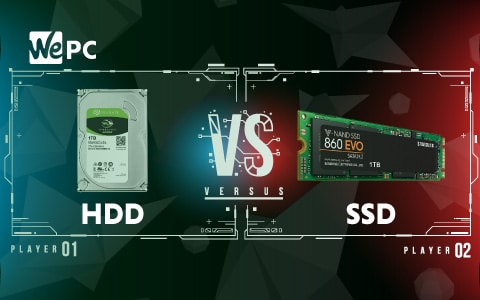

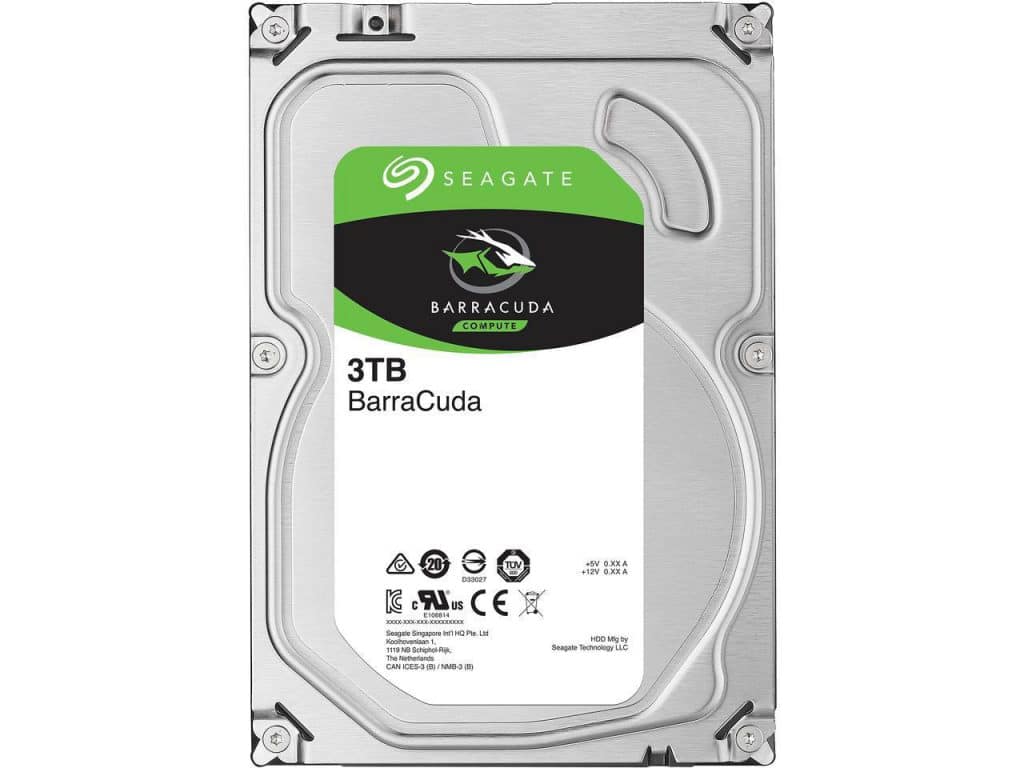
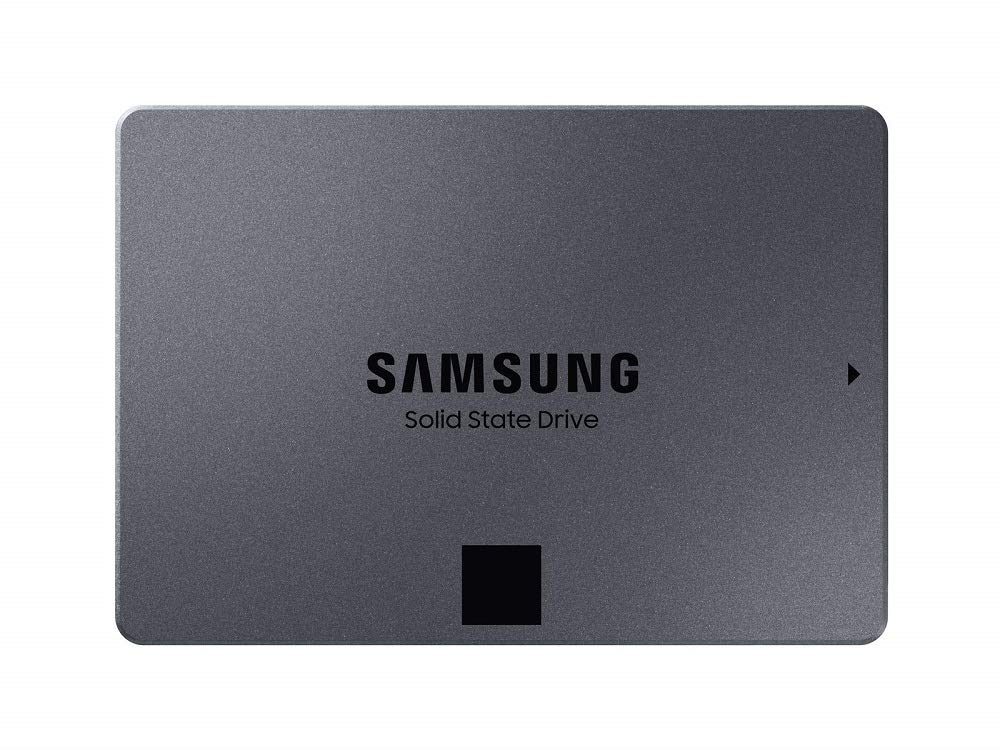
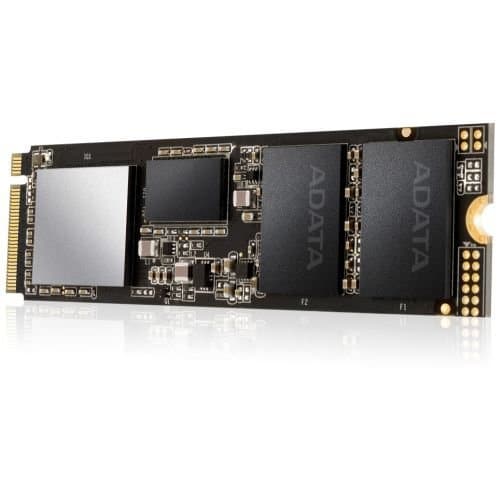

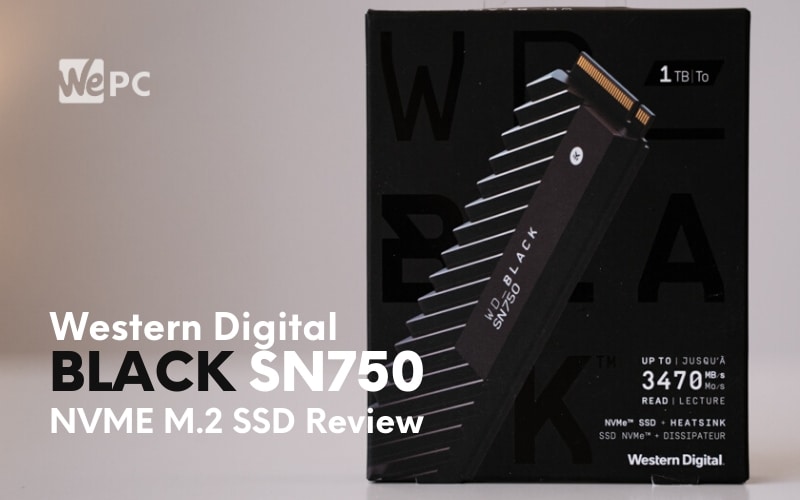
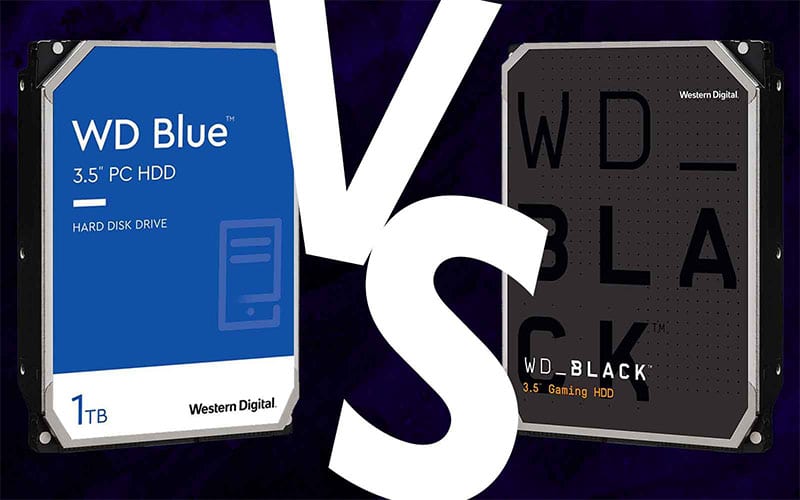
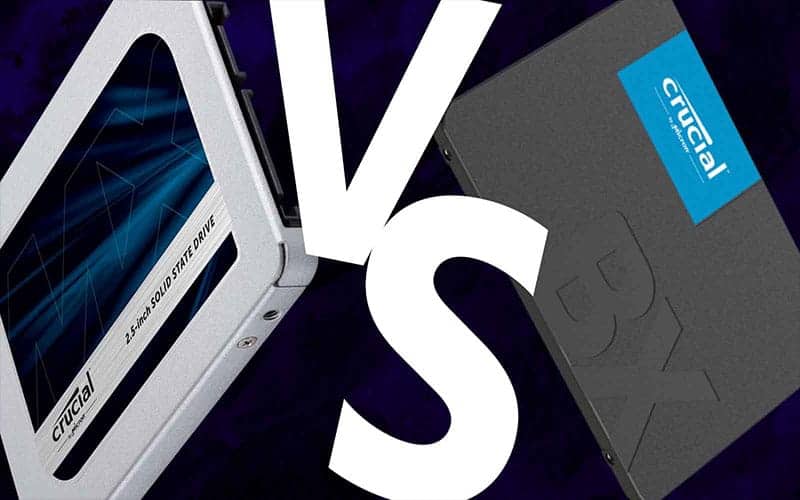
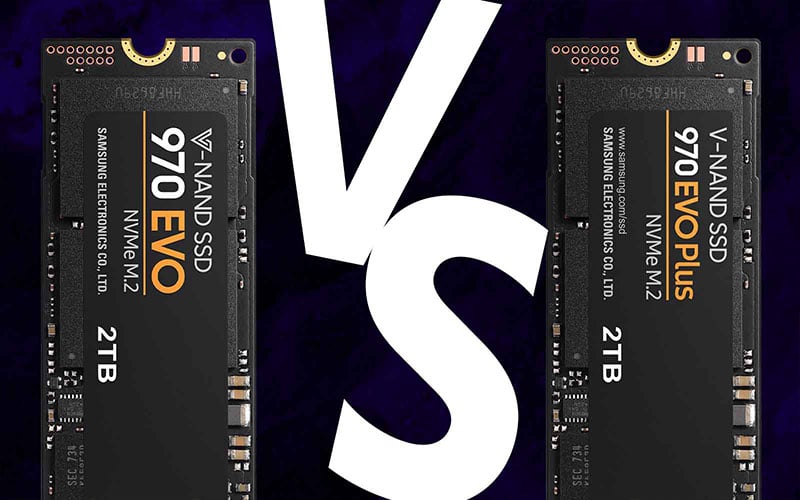
This article was written in April of this year. It’s now September 2018. A 1 TB SSD is about $100 from Samsung, Crucial or western digital. A 2 TB SSD is about twice that at between $200-$250. A 4 terabyte SSD is close to $500 – down from $1500.
The only reason why SSD has a hard time competing with HDD is because of price but capacities are getting better while prices are coming down.
I personally prefer Crucial SSD
Hey big truck, thanks for the comment. We have updated the page recently which pretty much reflects this. I have an ADATA SSD in my personal build.
Apparently a Seagate FireCuda hard disk drive is now a fully fledged solid state drive according to this article. (It is actually a HDD with flash storage cache.)
I also found a spelling error in the image at the top where it says “gygabyte” instead of “gigabyte,” the correct spelling. Can you correct these errors?
Hi Matthew, thanks for the comment. We are currently in the process of updating this page!
The article talks in detail about what HDD and SSD are, but barely covers the title. Would have been better if author had written about what happens when you run a game which is installed on HDD, will it take advantage of the main SSD drive or will it run slow since the files are being served from the HDD. A few FPS example from popular games, and other ‘gaming’ stuff.
Hi Nouman, thanks for the comment. We are in the process of not only testing the difference between SSDs and HDDs but also m.2 drives. We will also be investigating the various effects of RAM speed and capacity.